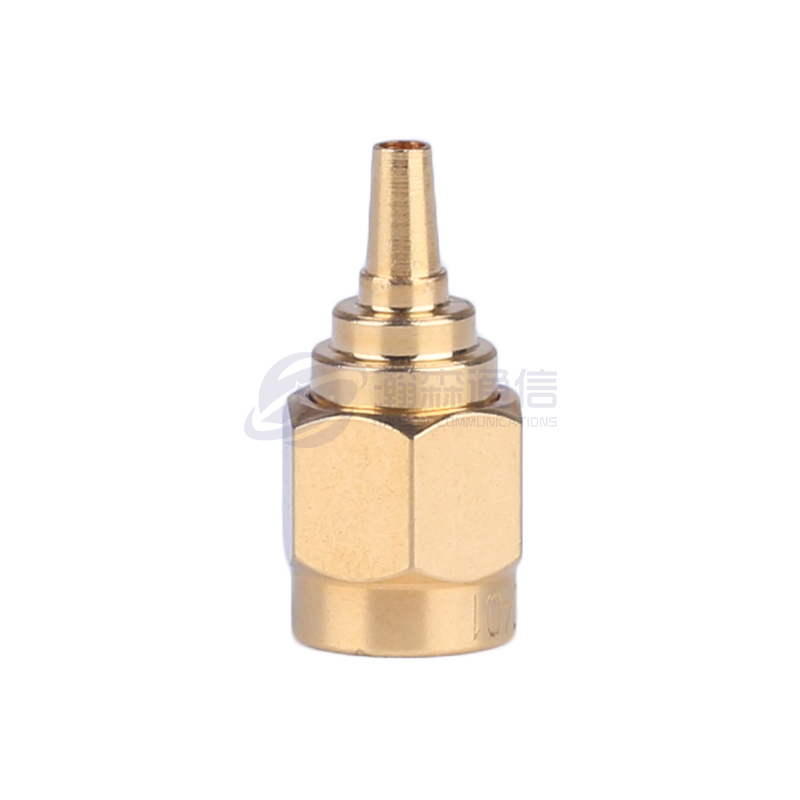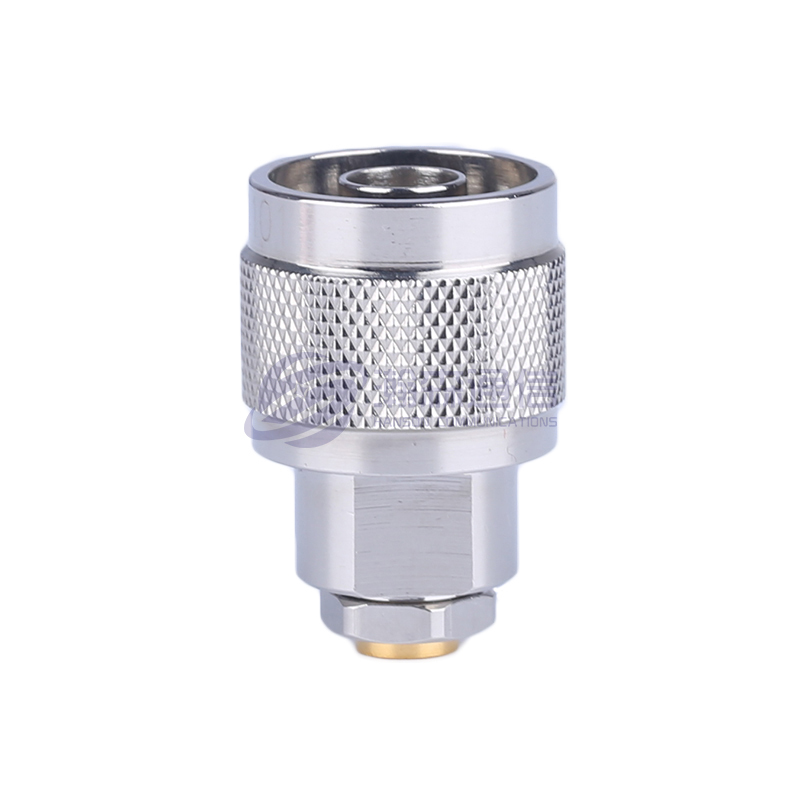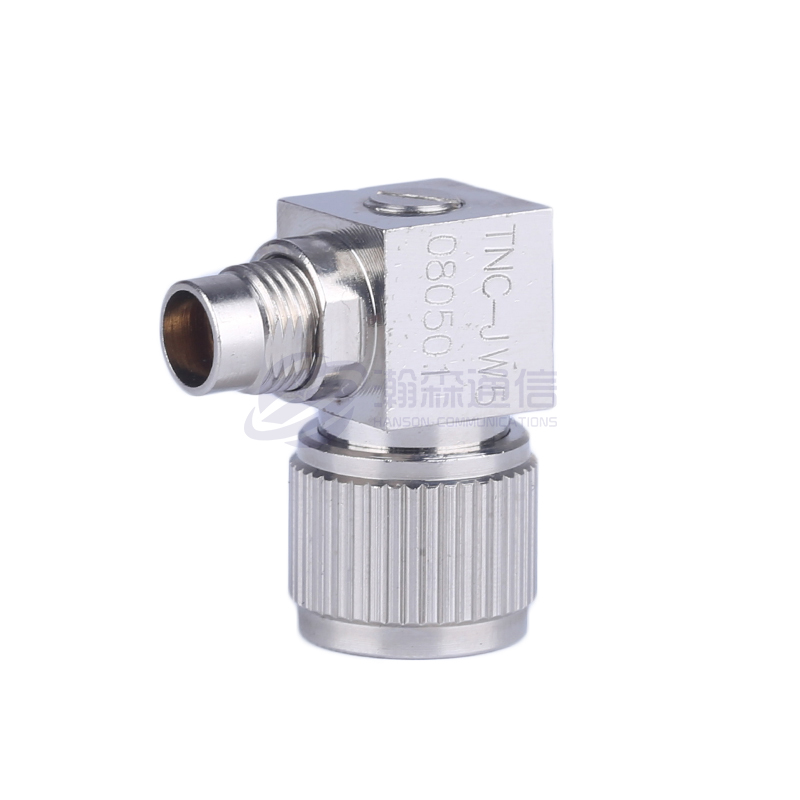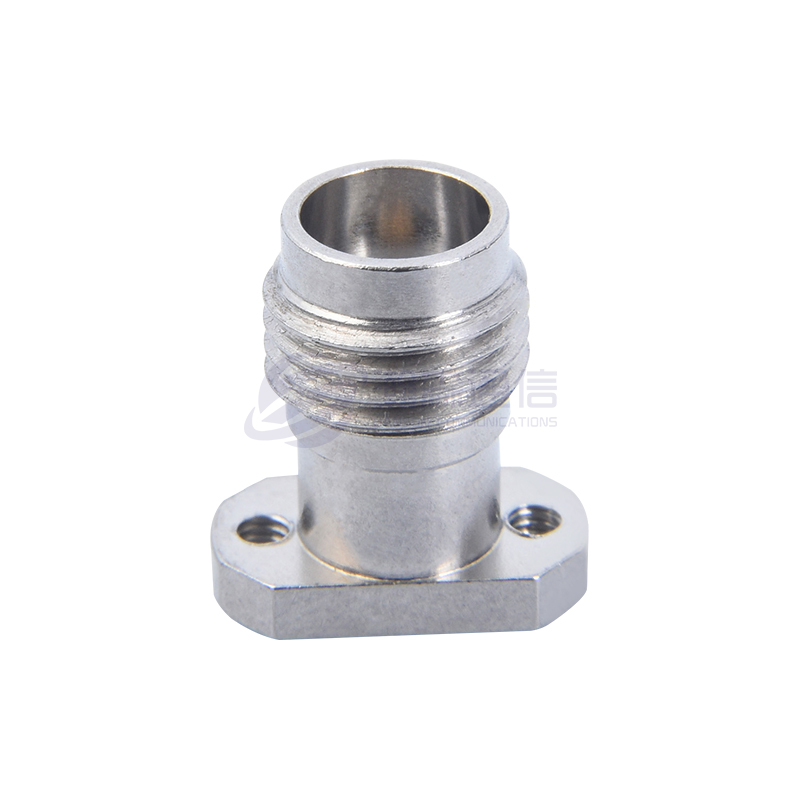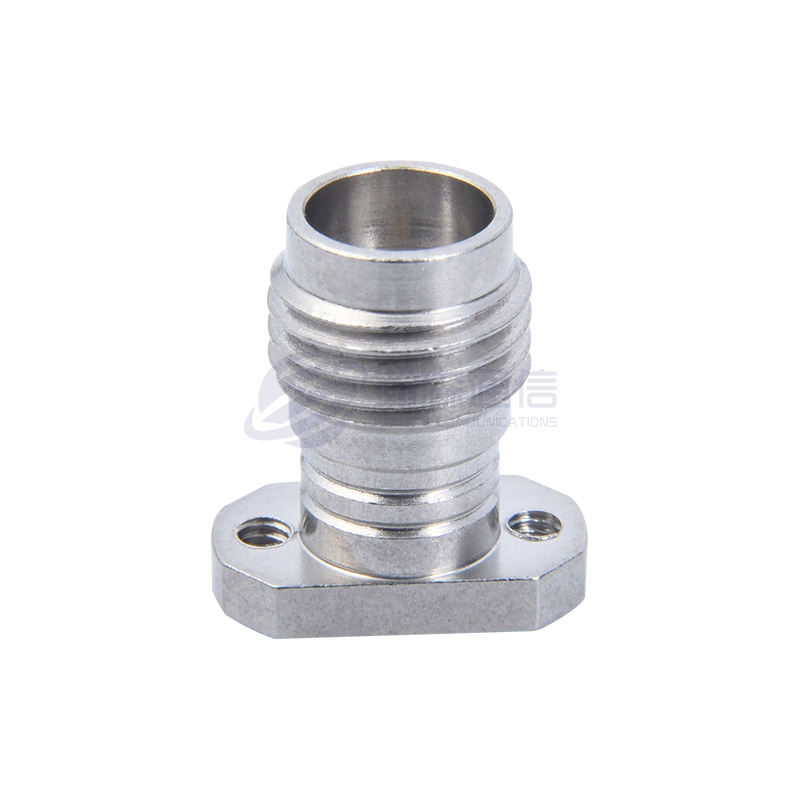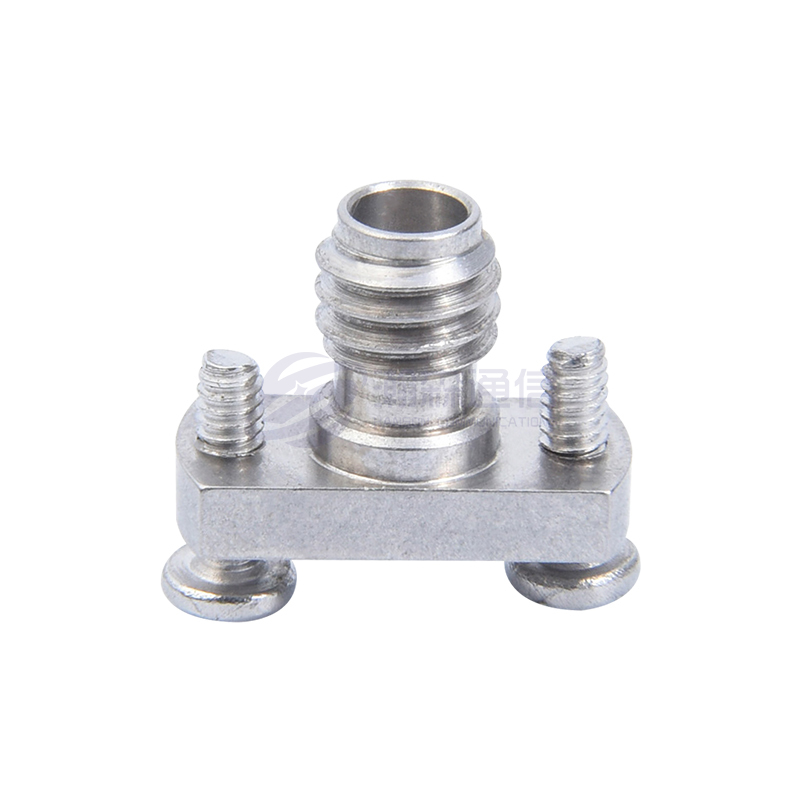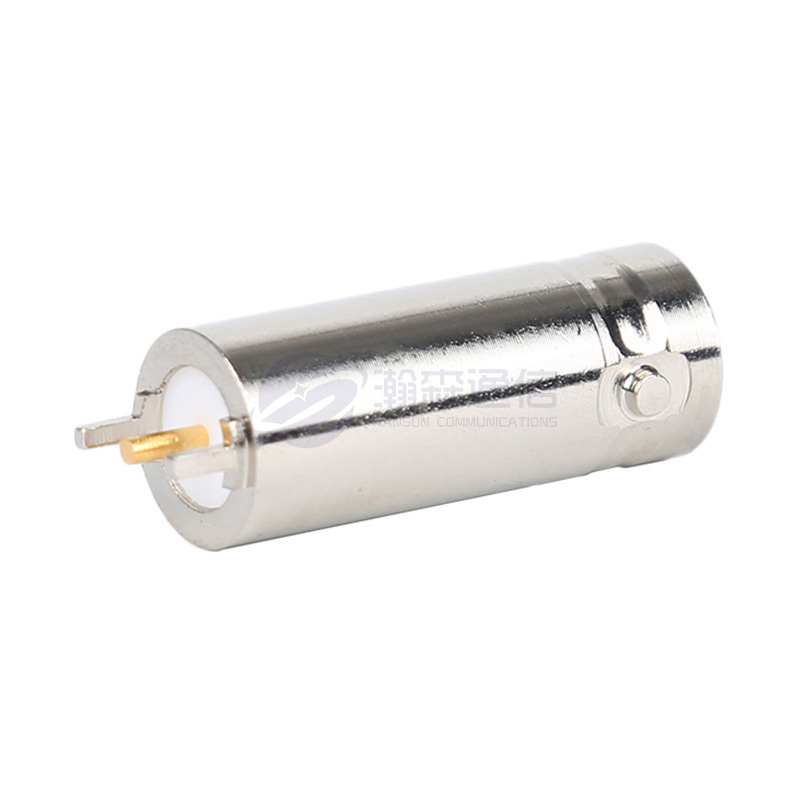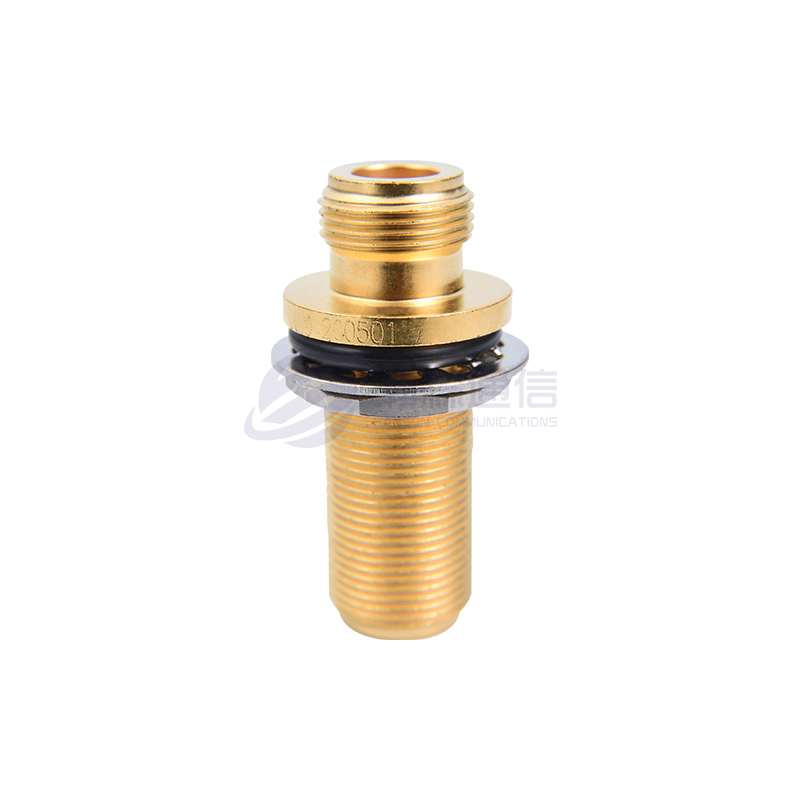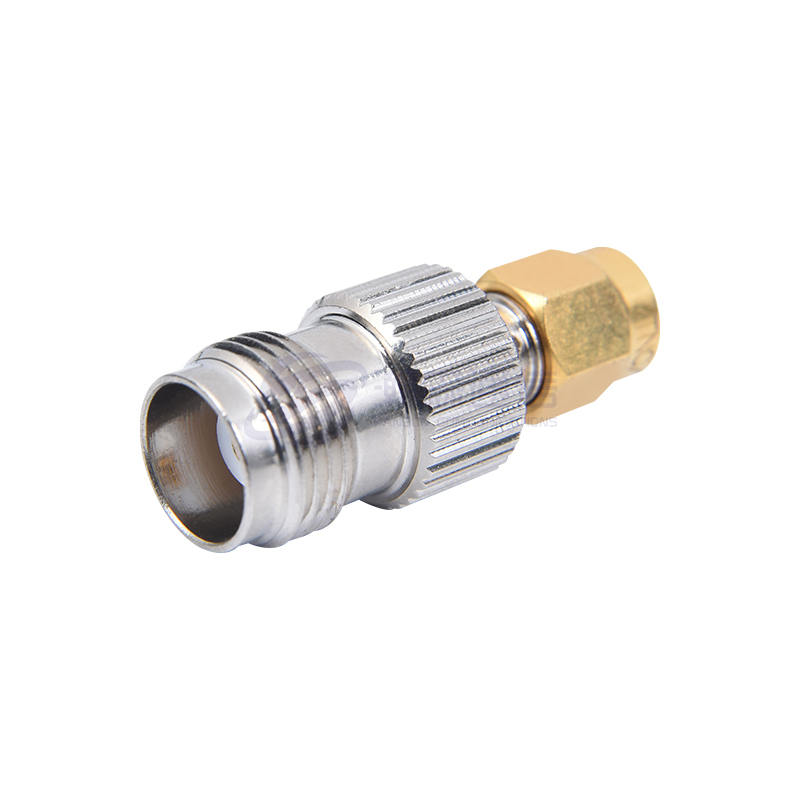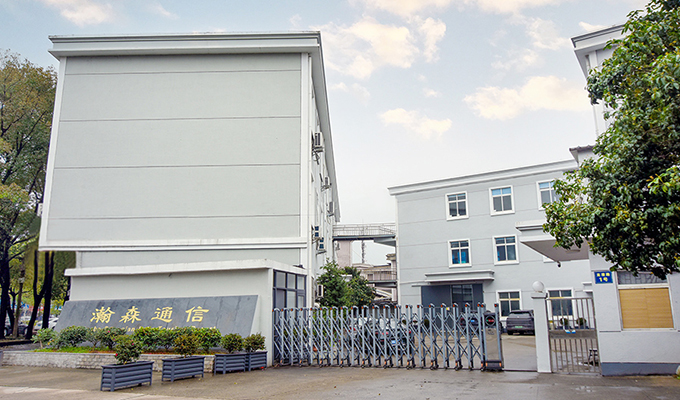
-
SMA connectors are one of the most common and widely used coaxial connectors in RF applications, widely used in communication equipment, microwave systems, antennas, test instruments, GPS, radar, and other high-frequency systems. Although the structure of an SMA connector seems simple, even a small mistake during insta...
READ MORE -
Choosing the right RF coaxial adapter is crucial, as it's a potential signal bottleneck; an inappropriate choice can directly impact the performance of the entire RF system. Below is an RF coaxial adapter selection guide to help you make the right choice. 1. Key Electrical Parameters (Performance Foundation)These param...
READ MORE -
Hermetically sealed connectors are widely used in special environments such as aerospace, military equipment, medical equipment, automotive electronics and industrial control. Its core value lies in its ability to prevent the intrusion of moisture, gases and contaminants and protect internal precision circuits. However...
READ MORE
RF connectors are key components in modern electronic communications systems, primarily used to ensure efficient transmission and reliable connection of RF signals. As the essential interface connecting RF cables and devices, they play an irreplaceable role in wireless communications, aerospace, military equipment, medical devices, and other fields. Their core function is to ensure stable impedance matching and low signal loss during high-frequency signal transmission, thereby safeguarding the performance of the entire communication system. Ningbo Hanson Communication Technology Co., Ltd. specializes in the production, processing, and trading of communications components, with over 30 years of experience in RF coaxial connectors, adapters, and cable assemblies.
RF connectors operate based on electromagnetic field transmission theory, achieving reliable connections between coaxial transmission lines through sophisticated mechanical design. When two connectors are mated, their internal conductors and external shielding form a continuous coaxial structure, enabling reflection-free transmission of electromagnetic waves at the connection interface in the form of TEM modes. High-quality RF connectors utilize specialized contact designs and surface treatments to minimize contact resistance while maintaining a stable characteristic impedance (typically 50Ω or 75Ω), thereby minimizing signal reflections and insertion loss.
RF connectors offer several significant advantages: First, their wideband bandwidth supports frequencies ranging from hundreds of kHz to tens of GHz; second, their superior shielding effectively suppresses electromagnetic interference and ensures signal integrity; third, their robust mechanical structure ensures reliable connections even in harsh environments such as vibration and shock; and fourth, their standardized interface designs (such as SMA, BNC, and N-type) provide excellent interchangeability and compatibility. Furthermore, modern RF connectors have also developed specialized models with waterproof, dustproof, and corrosion-resistant features to meet the stringent requirements of diverse application scenarios. With the development of new technologies such as 5G communications and the Internet of Things, RF connectors are continuing to evolve toward higher frequencies, smaller sizes, and higher performance.
Request for a call today

 English
English русский
русский

